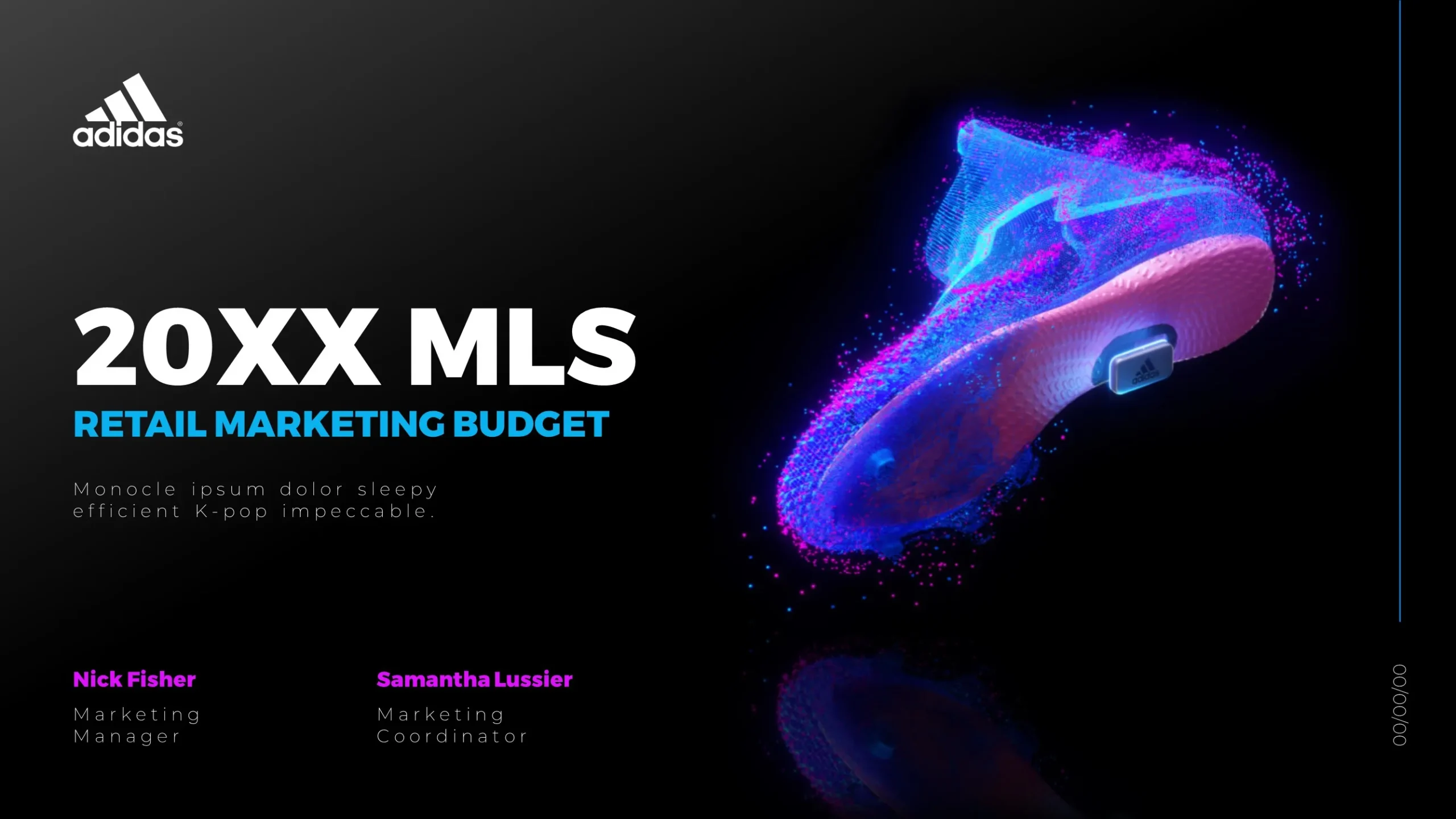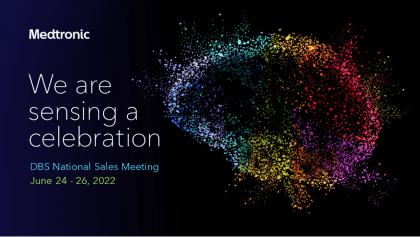Effective infographic design plays a crucial role in enhancing data storytelling, particularly within the realm of healthcare transformation initiatives. By utilizing visual elements such as charts, graphs, icons, and illustrations, infographics can distill complex data into easily digestible formats that resonate with diverse audiences. This is especially important in healthcare where stakeholders—including medical professionals, administrators, and patients—require clear information to make informed decisions.
Infographics can highlight key metrics related to patient outcomes or operational efficiencies through compelling visuals that drive engagement and retention of information. For instance, a well-designed infographic can effectively illustrate trends in patient care quality over time or showcase the impact of new policies on service delivery. The use of color coding and hierarchy further enhances understanding by guiding viewers through the narrative logically.
Moreover, effective infographics encourage collaboration across departments by providing a common reference point for discussions about strategy implementation and performance measurement during transformation initiatives. They facilitate communication by breaking down silos—ensuring everyone from clinicians to executive leadership is aligned around shared goals backed by solid data insights.
In summary, incorporating effective infographic design into your healthcare transformation strategies not only makes your data more accessible but also empowers stakeholders to visualize progress toward objectives while stimulating dialogue around improvement efforts.
View Our Presentation Portfolio










